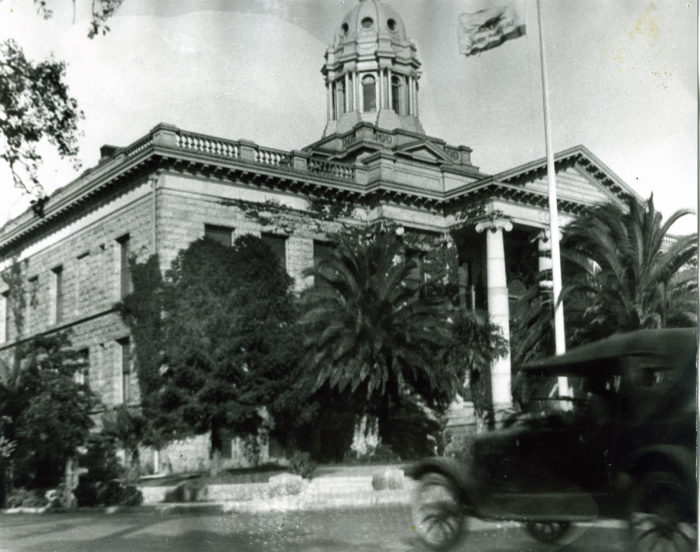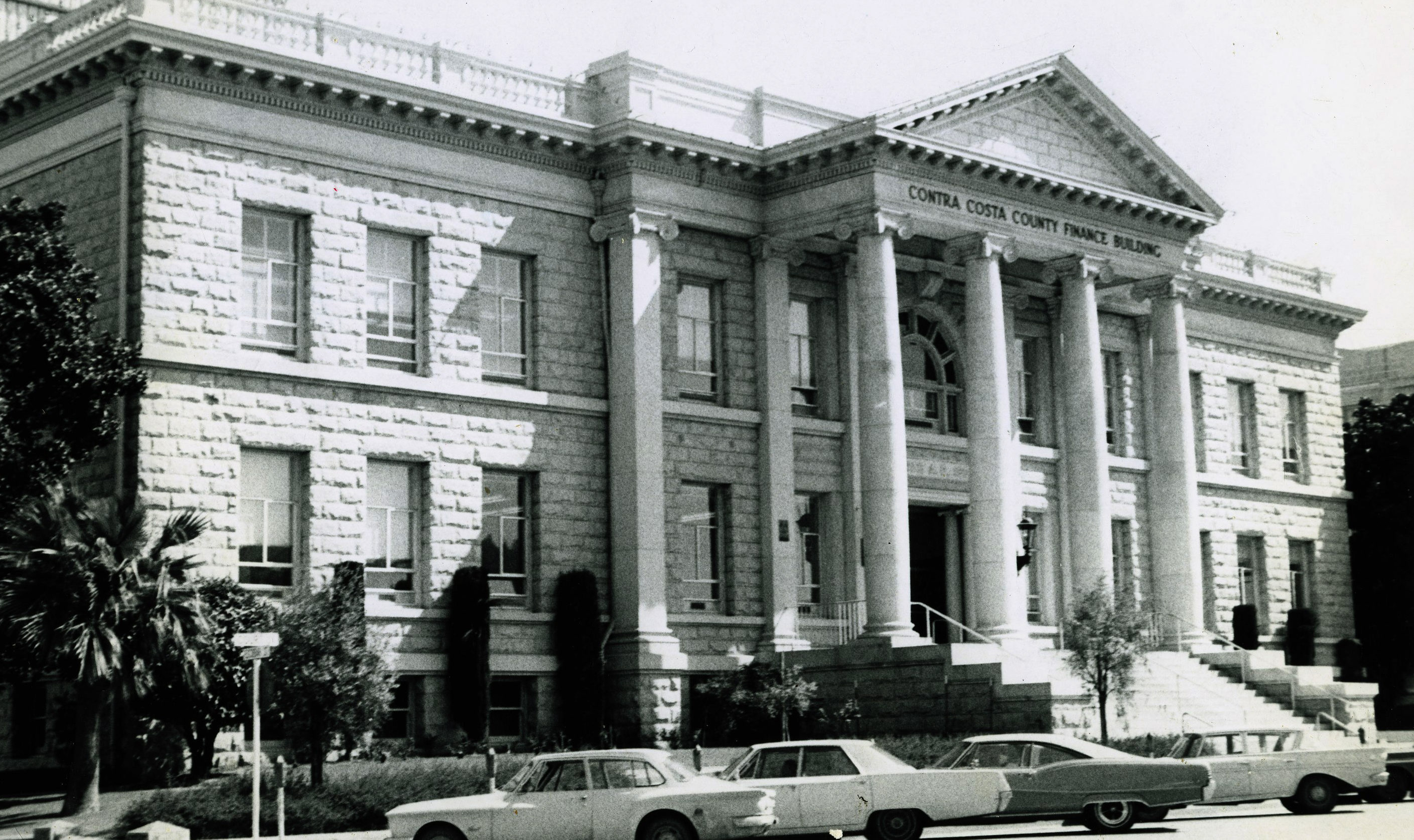The 1960s and 1970s
In the mid-1960s, the once active and prestigious Central Contra Costa Bar Association faded and became essentially a one-man operation. Meetings took place once or twice a year. In 1968, the name of the Association was changed to the Mt. Diablo Bar Association.
In the late 1960s, the Reference Service was overhauled and the Bar became more organized with monthly membership lunch meetings and regularly occurring board meetings. Delegates were sent each year to the State Bar Convention.
In the 1970s, a rift developed between the officers of the Mt. Diablo Bar and the Contra Costa County Bar. The County Bar was the senior organization, but the Mt. Diablo Bar was more powerful because of the Lawyers’ Referral Panel. In 1978, negotiating teams from each Bar sat down together and hammered out an agreement to consolidate the Bar Associations. A deal was struck that the West County Bar would be guaranteed two board positions for the first year, one board position for the second year, and then all directors would be at large following that. The deal further provided that the Contra Costa County Bar would be the surviving Association, since people outside the area did not necessarily know where Mt. Diablo was.
The 1980s
The big issue in the 1980s was a large backlog in the civil trial calendar. At the time, the average time from at-issue memo to trial was three years. The Bar’s major accomplishment during this era was the formation of the Bench-Bar Settlement Program. Bar members spent countless volunteer hours with the court, settling cases to try to break the logjam. The Bar even used its own funds to increase court staffing.
The Bar Association was getting larger, but up until this point it was still a social and convivial group. Monthly membership lunch meetings and the Annual Bar Party had large turnouts and everyone knew almost everyone else. The executive director at this time had great business skills and began to shape the Bar into a more formal and organized group. Meetings moved from local restaurants to the new Bar office in Martinez.
Suzanne Chapot was elected as the first female president of the consolidated Contra Costa County Bar in 1985.
By the late 1980s, Walnut Creek had become the business and legal center of Contra Costa County. The various Bar Sections flourished and caused a decentralization of the Bar Association. Attendance at monthly Bar luncheons dwindled. Some blamed this on the Sections and some blamed it on the demise of the “three-martini lunch.”
Spearheaded by a group of Section leaders, it was decided to revamp the Conference of Delegates to the State Bar. For years, the officers and directors had been the de facto “delegates,” who went to the convention. Now, the Contra Costa delegates started to actively review and vote upon resolutions. Contra Costa became a powerful political force in the State Bar.
The 1990s
In 1998, there was a near collapse of the State Bar, due to Governor Pete Wilson’s veto of the Bar Dues Bill. The County Bar stepped up and was ready to provide more services if the State Bar continued to flounder. Around the same time, a new Client Relations Committee and Service was formed to resolve minor problems between clients and attorneys.
In the late 1990s, the Bar’s pro bono conscience was reawakened from the days of the first legal aid programs of the mid-1950s. A Pro Bono Section and Committee were formed and a very successful Pro Bono Award Gala was held at a local country club. Today, the Bar Fund Benefit continues to raise funds and consciousness about the need for pro bono legal services.
2000 into today
In the early 2000s, the Bar underwent an intensive operational survey conducted by the American Bar Association in preparation for a facilitated three-year strategic planning session. In 2002, the president, the Board and the staff worked hard to increase membership, address geographic and cultural diversity within the membership, improve the image of attorneys in the eyes of the public, improve technology (including upgrading the Bar website and internal database), institutionalize civil bench/bar interaction, address corporate governance issues, streamline committees and taskforces, and develop an education outreach program for middle and high schools.
Diversity continues to be a priority issue for the Bar. The Diversity Committee introduced a Diversity Award Checklist in 2017 and presented its first set of awards in 2018. This extensive checklist recognizes the diversity efforts of law firms ranging from sole practitioners to firms with more than 20 attorneys. In 2019, the Bar introduced the Diversity and Inclusion Initiative in recognition that bar associations, law firms and attorneys owe a duty to attempt to increase diversity in the legal community.

